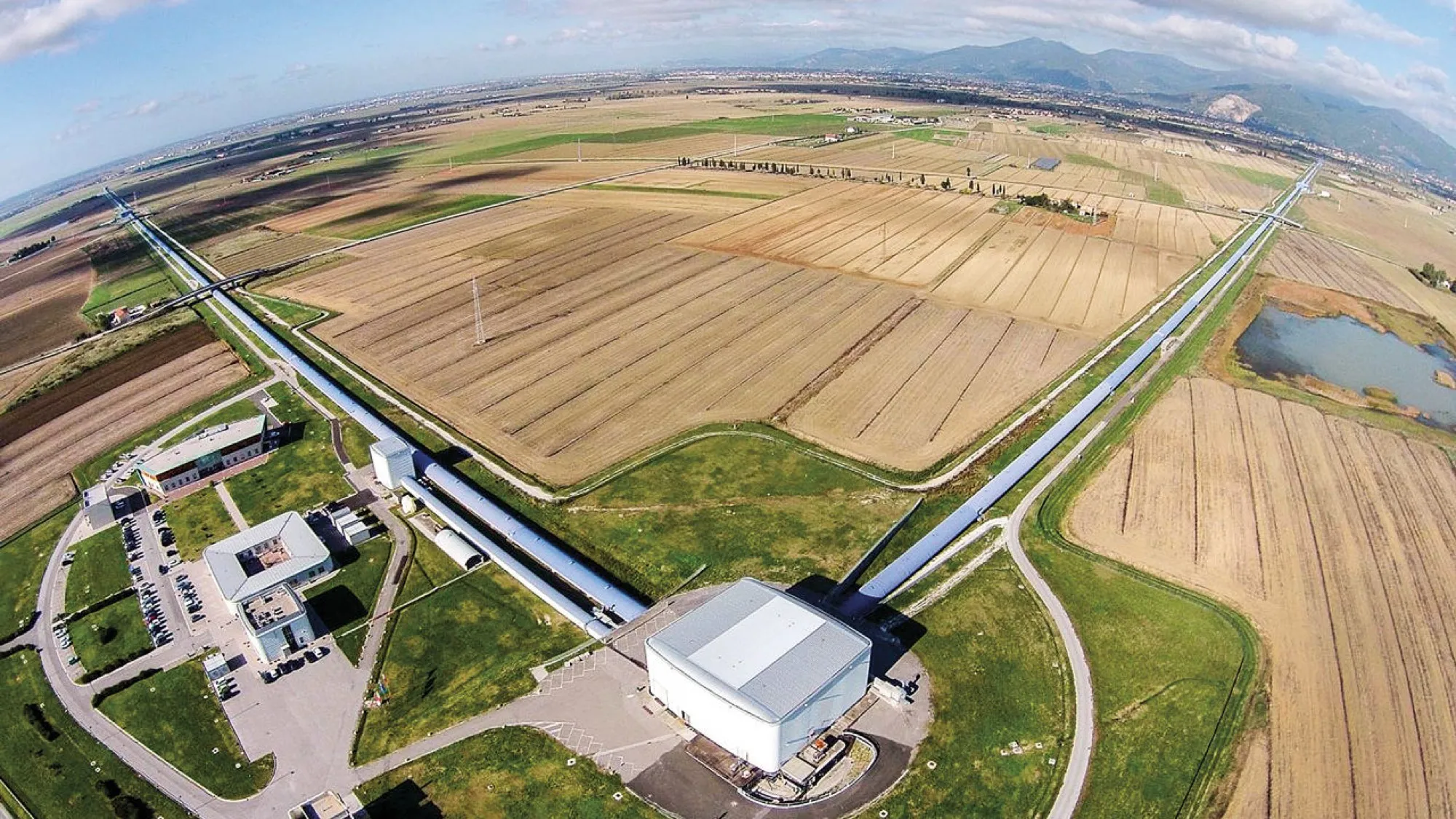



Albert Einstein postulou teóricamente as ondas gravitacionais en 1915. Xusto un século despois, o experimento LIGO conseguiu observalas por primeira vez. Que son realmente estas engurras no espazo-tempo?
Área de investigación
Programa de investigación
En outubro de 2018, o IGFAE uniuse á Colaboración Científica LIGO (LSC), unha iniciativa centrada na ciencia das ondas gravitacionais (GW). As ondas gravitacionais son ondulacións ou oscilacións no espazo-tempo, que foron preditas por Einstein hai máis de 100 anos. Observáronse por primeira vez en setembro de 2015, a través do Laser interferometer Gravitational-Wave Observatory (LIGO).
Estas primeiras deteccións de ondas gravitacionais foron recoñecidas, entre outros, co Premio Especial ao Avance en Física Fundamental 2016 para as colaboracións LSC e Virgo -incluídos dous membros do IGFAE- e o Premio Nobel de Física 2017 para tres científicos pioneiros de LIGO.
Tras a detección de 90 sinais de ondas gravitacionais nos tres primeiros períodos de observación dos detectores avanzados LIGO e Virgo ata 2020, a rede de intercambio de datos ampliouse co novo detector crioxénico KAGRA en Xapón. A cuarta rolda de observación comezou en maio de 2023 cunha maior sensibilidade da rede, e espérase que produza centos de deteccións máis nos próximos 1,5 anos.
Tras recibir a acreditación como Unidade de Excelencia María de Maeztu en 2017, os investigadores do IGFAE identificaron a ciencia de ondas gravitacionais como unha liña de investigación cun impacto potencial particularmente alto, sobre todo en relación coa astrofísica de multimensaxeiros. Esta é unha rama da astrofísica que ten como obxectivo explotar a detección de diferentes tipos de sinais (fotóns, GW, raios cósmicos, neutrinos) para mellorar e complementar a información de fontes astrofísicas. A nova liña de investigación aberta no IGFAE tamén ten sinerxías coas actividades actuais do Instituto, en particular coa forte implicación teórica en moitos aspectos da gravidade, o uso das ondas gravitacionais como sondas da materia nuclear ultradensa nas estrelas de neutróns, así como coas actividades experimentais no marco do Observatorio Pierre Auger, o maior e máis preciso detector de raios cósmicos de ultra alta enerxía do mundo.
Phys. Rev. D111(2025), 111, (2025)
JCAP
Sadiq J., Dey K., Dent T., Barausse E.
All authors
Sadiq J., Dey K., Dent T., Barausse E.
Phys. Rev. D111(2025), 111, (2025)
JCAP
Fontbute J., Andrade T., Luna R., Bustillo J.C., Morras G., Jaraba S., Garcia-Bellido J., Lopez Izquierdo G.
All authors
Fontbute J., Andrade T., Luna R., Bustillo J.C., Morras G., Jaraba S., Garcia-Bellido J., Lopez Izquierdo G.
Phys. Rev. Lett. 134(2025), 134, (2025)
JCAP
Calderon Bustillo J., Del Rio A., Sanchis-Gual N., Chandra K., Leong S.H.W.
All authors
Calderon Bustillo J., Del Rio A., Sanchis-Gual N., Chandra K., Leong S.H.W.
Astrophys. J. 977(2024), 977, (2024)
JCAP
Araujo-Alvarez C., Wong H.W.Y., Liu A., Calderon Bustillo J.
All authors
Araujo-Alvarez C., Wong H.W.Y., Liu A., Calderon Bustillo J.
309, (2024)
JCAP
Doval A., Munoz-Ramos A., Santiago-Alonso A., Carnero B., Insua-Costa D., Feijoo-Piedrafita D.A., Romo-Diez I., Varela-Carballo J., Paz-Martin J., Fernandez-Rodicio S., Villa-Ortega V., Radziunas-Salinas Y., Flores-Arias M.T.
All authors
Doval A., Munoz-Ramos A., Santiago-Alonso A., Carnero B., Insua-Costa D., Feijoo-Piedrafita D.A., Romo-Diez I., Varela-Carballo J., Paz-Martin J., Fernandez-Rodicio S., Villa-Ortega V., Radziunas-Salinas Y., Flores-Arias M.T.
Principal investigator
Juan Calderón Bustillo
Initial date
2024-09-01
Final date
2029-08-31
Agency
AEI - Agencia Estatal de Investigación